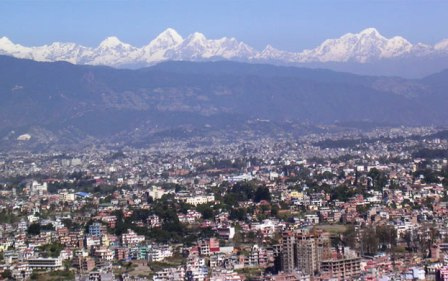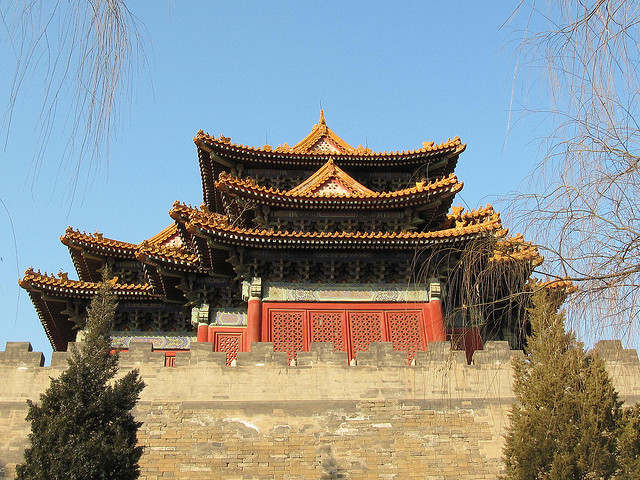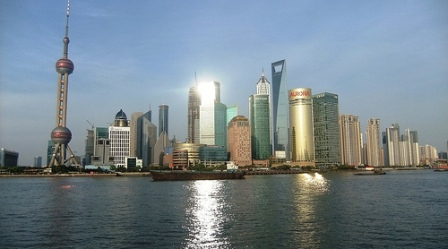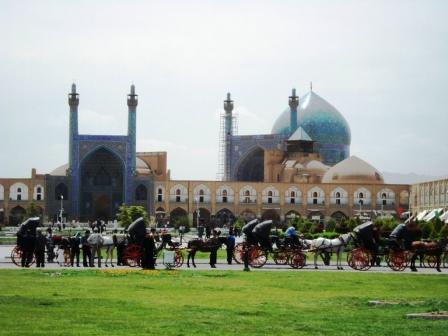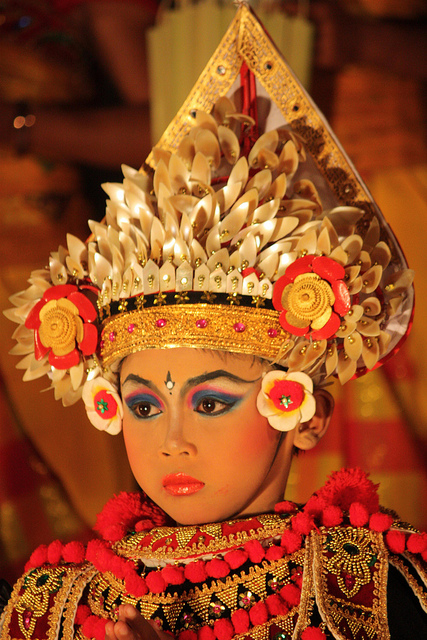I worked with Asian Trekking for 10+ years and it gave me a great opportunity to develop all-round tourism knowledge for Nepal. I also had a chance to finish my studies.
2. You have an extensive background in tourism, please tell us more about how you gained your knowledge of tourism.
Most of my experience has been on the practical side. During my childhood I had a dream that I would talk one day with foreigners and ask about their likes and dislikes of our country and find out where they were from. So many questions always came to my mind.
When I got the chance to work in the hotel industry, I initially worked in the back of the hotel and met very few guests. Then I went into the sales and front office which allowed me to be closer to the tourists. Working in sales, I studied very hard to develop my product knowledge. I also studied the desires and wishes of the visitors. Which places would they like to visit? What did they like most in our country? Then I designed programs that they would like. Slowly I changed from a student into a professional.

From 1981 to 2004 I took many training courses in different subjects of tourism; I attended many seminars and training in Nepal and abroadIn 1999 I was in Singapore to study sales and marketing and some advanced hospitality courses. During the first part of my program I concentrated my study and work on food and beverage and hotel service. In second half I concentrated on tour programming, attractions, and dealing with complaints. All those things helped me change from a simple person into a tourism professional.
3. For a few years now you have been operating your own adventure travels and tour company. Please give us an overview of Allied Adventure Travel and Tours.
The first few years were very hard although I had knowledge about what to do and what not. When I was working with big companies, things were easy. But when I started my own business I felt little upset about the problems that arose. Running my own business I had to deal with government officials and staff issues. Most of the issues were administration related.
Now we have some 20 field staff members and 5 office staff – a very good team. Most of our clients are regulars, and it’s not easy to convince people to come back without making proper arrangements. Our customers have very good knowledge about tours and the Nepalese way of life.
Now Allied Adventure is becoming more popular in Europe and Asian countries, especially for those who want to do some trekking, peak climbing and want to have cultural tours.
4. Please give us a brief overview of Nepal, its history, geography and main sights.
Nepal roughly has the shape of a long rectangle. The country is about 800 km long and about 200 km wide. Its total territory is 147181 square kilometer. It is bordered in the north by China and in the south by India.

The ancient times in Nepal were very interesting because this was the time when Buddhism was spreading in different parts of the country.
The medieval times were interesting because most of the temples and stupas (mound-like structures containing Buddhist relics) were created during that time by different kings, queen, princes, businessmen or religious people.
Nepal was unified on the 17th century by the Shah dynasty (Prithvi Narayan Shah). Before unification there were several states in this mountain region, ruled by the Malla, Sen, Shah, Singh, Bom and Barma dynasties. Different cultures prevailed in different areas. That is becoming the main attraction of today.
Only the Kathmandu valley was divided into three kingdoms (Kantipur, Lalitpur and Bhaktapur). In the west we have different cultures and traditions than in the south, north and east. Kathmandu, Nepal’s capital was a highly developed civilization at that time. The history of Nepal is not very long, but interesting.
During modern times Nepal is not as developed as other countries of the world but our culture, heritage and landscapes are wonderful. Visitors to Nepal are enjoying what our country has to offer. A few years ago there were problems with violence in the country but now we are moving towards peace. So we all are having new hope again.

Being small in area, we have a great diversity of landscapes. In the south it is very low land and just 200 to 500 meter above sea level while in the North the highest mountain, Mt. Everest, is 8828 m above sea level. Depending on the climate, we can find different type of vegetations and animals. Nepal has a very diverse flora and fauna.
5. Our audience would also like to know about the climate and weather of Nepal.
We have different climates, depending on the location. If you go to south it is hot and humid, and if you go to the north it is cold and dry. The north-western part it is quite different from the rest of the country. We have four distinct seasons, so the climate varies with each season. The most beautiful times are spring and autumn in any parts of the country. I would recommend a visit during the cold months for the southern regions and the rainy season near the Kathmandu Valley and Pokhara. It is so beautiful to see green Nepal with its rice plantations.
6. You have travelled extensively through Nepal. What places have you seen and what are your favorite travel memories?
I love each part of the country because of their different cultures and different landscapes. For me the memory of the Everest region is the greatest one. Annapurna is similar due to its spectacular views and landscapes. There are many beautiful little explored areas in the Karnali region, and we strive to make visits to this region possible. This is quite hard because of the lacking infrastructure.
The main thing is that in each region you will see different cultures and a different way of life that makes a wonderful feeling for each. Currently, very popular areas for trekking are Everest, Annapurna, Kanchunjunga, Langtang, Manaslu, Mustang, Dolpo, Barun valley, Gaurishanker. In each area the landscape and culture of people is different.

